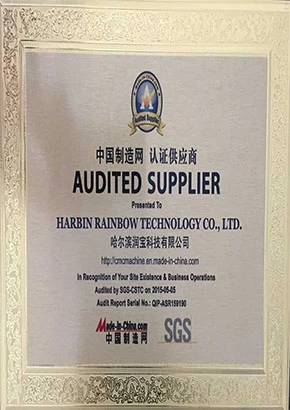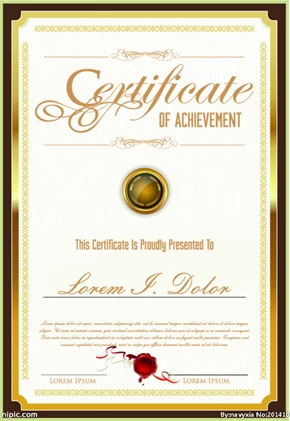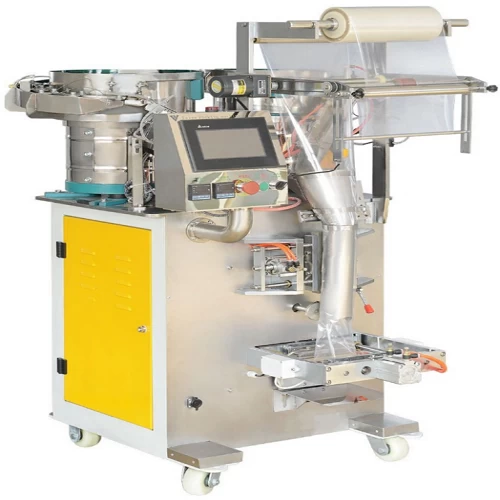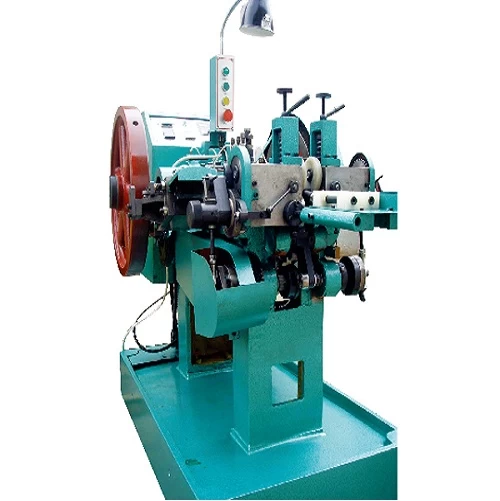Process principle and function of passivation in electro-galvanizing process
The passivation process in the zinc plating process is aimed at increasing the corrosion resistance, inhibiting corrosion, and improving the decorative properties of the electroplated product by forming a protective film on the surface of the zinc coating.
Before passivation, the surface of the zinc-plated part is first cleaned and any impurities, zinc oxide, scars, rust stains, and other surface defects are removed through an acid-soaking treatment. The passivation process commonly uses either Chrome-free or Chrome-based passivation methods.
Chrome-free passivation typically uses magnesium or Vmag871 passivators, which form a surface film composed of magnesium ions and zinc ions. This protective film significantly improves the corrosion resistance and decorative properties of the electroplated product. Chrome-based passivation commonly uses chemical compounds such as sodium chromate (Na2Cr2O7), which creates a cone-shaped passivation film on the surface, using Cr3+ ions. This passivation film can also effectively improve the corrosion resistance and decorative properties of the zinc-plated part.
In summary, the passivation process in the zinc plating process aims to improve the corrosion resistance, corrosion inhibition, and decorative properties of the electroplated product by forming a protective film on the surface of the zinc coating. This process protects the zinc-plated part from corrosion and external factors, ultimately improving its longevity.













